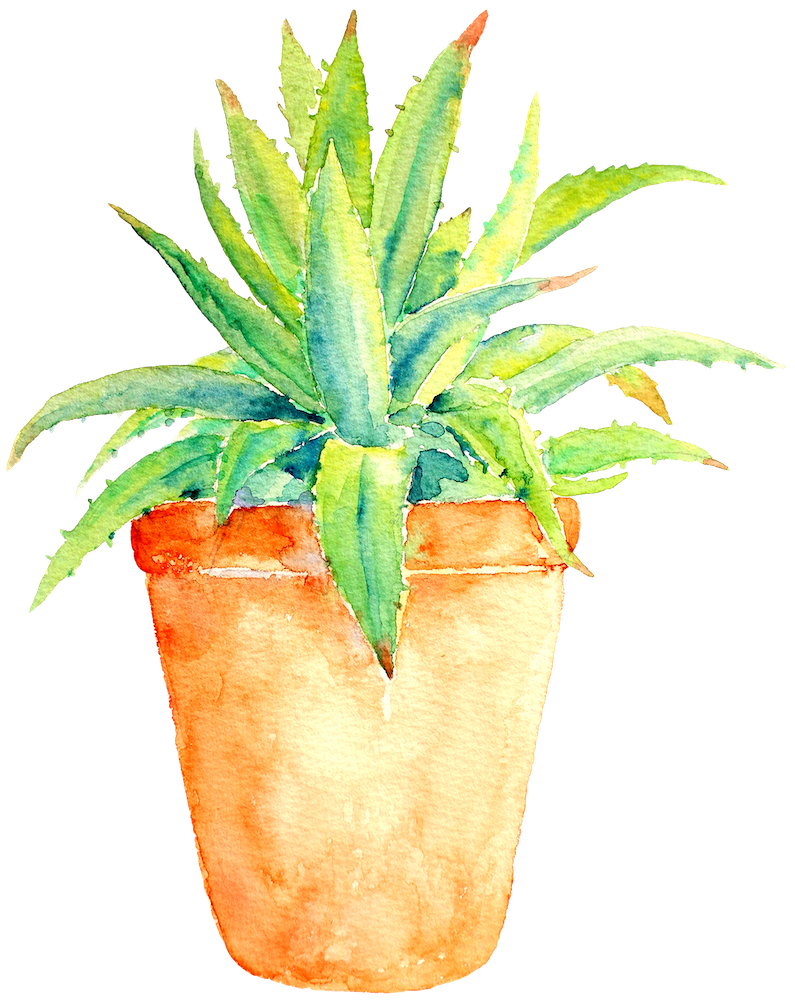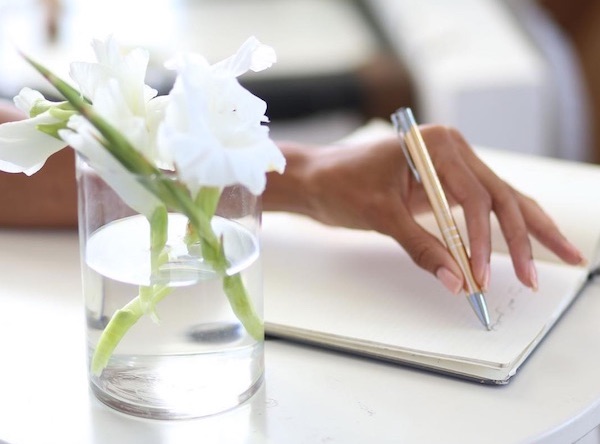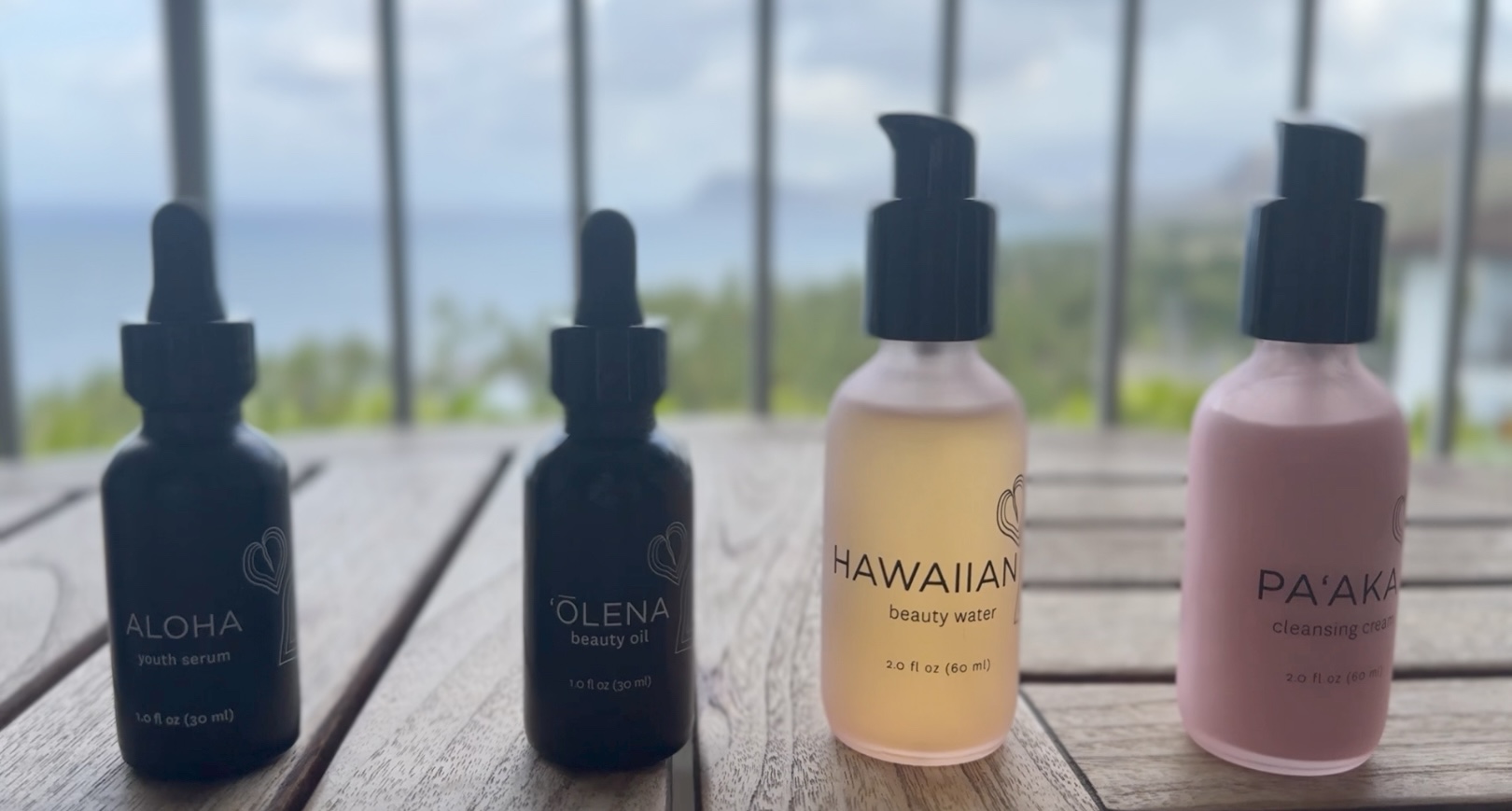According to the American Academy of Dermatology, acne is the most common of skin conditions, affecting more than 50 million Americans annually. A study by the Dermal Institute claims that between 40 – 55% of the adult population (aged 20-40) are diagnosed with low grade, persistent acne and oily skin.
This common and persistent skin condition can be frustrating to manage, but what’s more: Did you know that you can have dry and oily skin at the same time? While it may sound contradictory, it’s a common struggle among those of us who have acne: to deal with combination skin.
You may have a greasy t-zone, but flaky, dry cheeks. Or, your skin feels tight after cleansing, but you wake up to a slick face in the morning. Though they sound the same, there’s a difference between dry skin and dehydrated skin:
Dehydrated skin means that your skin temporarily lacks hydration due to overuse or misuse of products that are inappropriate for your skin type. Dry skin means that you have weakened outer layers of skin due to genetics, prolonged unprotected sun exposure, or skin disorders.
You can tell you have dry skin if you consistently feel there’s almost no oil at all, no matter your environment or the time of year, whereas dehydrated skin feels like it’s dry underneath, but oily on the surface and it may change depending on the environment or seasons.
The combination of dehydrated, oily and acne-prone skin can be an extremely frustrating issue to deal with, especially if you don’t know your skin type, are using the wrong products, or both. Overusing tools, products with irritating ingredients or unnecessary scents can all contribute to our skin stresses.
To get clear, supple skin, establish a skin regimen that is right for you. Just as consistency is key with any diet or exercise plan, your skincare requires dedication and time to get desired results. It’s important to choose the right products for your skin and stick with your routine. To start, here are a few tips on different treatments.
1. Exfoliate 2-3 Times A Week
Washing your face regularly is a given, but don’t forget to exfoliate! Exfoliation shouldn’t be just a once-in-a-while spa treatment. It’s actually vital to acne-healing, as it sloughs away dead skin cells on the surface, provokes skin cell turnaround and minimizes clogged pores. Keep in mind that it is more effective to frequently and gently exfoliate (about 2-3 times a week) than it is to exfoliate less often with a heavy hand.
2. Treat Acne With The Right Ingredients
Both salicylic acid and benzoyl peroxide are mainstay treatments for acne, but it’s important to know the difference and how to use them. Here’s a brief introduction to both:
Salicylic acid is a beta hydroxy acid and anti-inflammatory
What it does: exfoliates to remove dead skin in your pores and on your skin’s surface.
Best used: for blackheads and large inflamed spots.
Most effective: when applied like a leave-on toner or lotion so it has enough time to work
Benzoyl Peroxide is an antibacterial product
What it does: kills bacteria
Best used: on whiteheads
Most effective: as a spot treatment. Don’t overdo it or you’ll suffer flaky dry skin! Start with the lowest concentration and increase if your skin doesn’t respond.
Whether you use either or both, do not combine these with alcohol. In fact, don’t use products that contain harmful types of alcohol, period. Alcohol is to great for making many products lightweight and easy to absorb, but certain types (SD, cetearyl, cetyl, and stearyl alcohol) unfortunately cause free-radical damage, dryness, and slow your skin’s ability to heal.
3. Look For Healing Ingredients
Aloe Vera

Rich in vitamin C and E, aloe vera is a quick and easy way to fight acne, sooth cuts, treat minor burns, hydrate your face and achieve gorgeous skin.
When it comes to skin, aloe Vera works for more than a sunburn. It is an anti-inflammatory, moisturizer, and anti-aging and acne treatment among many other uses. It is also commonly used to treat itching due to skin conditions like psoriasis and and eczema. Two natural hormones found in aloe reduce inflammation and provoke skin cell growth to help speed up healing.
Apple Cider Vinegar

While it’s common knowledge that vinegar makes for an excellent streak-free glass cleaner, the use of Apple Cider Vinegar in particular has become more and more popular as a skin remedy. And for good reason, too! It is antibacterial and balances the pH of your skin while drying up excess oil. The acidity of apple cider vinegar can help balance the skin’s pH, exfoliate dead skin cells, and reduce excess oil production.
It’s important to use it cautiously. It has natural antiseptic and anti-inflammatory properties, making it beneficial for certain skin issues like acne, oily skin, and dandruff.
To use it safely, dilute the vinegar with water (typically 1 part vinegar to 3 parts water) to avoid irritation. You can apply this mixture to your skin with a cotton pad as a toner or use it in a face mask. Apple cider vinegar can also be added to a bath for its soothing effects on skin conditions like eczema. However, it’s essential to patch-test on a small area of skin first to ensure you don’t have an adverse reaction. If you have sensitive skin, it’s best to consult with a dermatologist before incorporating it into your routine.
4. Avoid Oily Emollient Or Greasy Formulations
If your skin is already oily, avoid applying even more oily or greasy products. Lotions or creams that are too rich or thick may end up worsening already clogged pores or make your face look slick. Still, this doesn’t mean that you should skip the moisturizer altogether, but find the product that works best for your skin.
5. Moisturize
A common misconception is that if you struggle with acne, your oily skin doesn’t need any additional moisture. But actually, moisture is vital to your skin, regardless of what skin type you have. The difference is the type and amount of moisturizer you use.
Oily, dehydrated, and acne-prone skin requires lightweight moisturizers and gels. Though it might seem counter-intuitive to add more moisture where your skin is technically already moist, keep in mind that if you don’t moisturize at all, your skin will work overtime to produce even more oil. To minimize sebum (the oil that your skin makes) production on your face, apply moisturizer where and when you need it.
Overall, it’s important to observe your skin’s reaction to anything you apply on it. If you notice redness or sensitivity after using, it could be that your skin needs more time to adjust to the new product.
Rome wasn’t built in a day and chances are, your skincare regimen won’t likely be, either. We’ve all tried new products for a short time and given up when we didn’t see results immediately. The key is to be consistent so your skin has time to get used to the new products, but be receptive to your skin’s responses and stop treatment if a rash or allergic reaction occurs. Regulate your use so that you don’t sustain a bad or extreme reaction.
Do you suffer from dry, dehydrated, and/or oily acne-prone skin? What are your specified treatements.




Comments
2 responses to “How To Treat Oily and Dry Skin with Acne”
In my opinion Dermalmd blemish serum has been the BEST find for my skin!!! I struggled with acne and dryness and dermalmd solves both problems. I never get breakouts with painful cystic acne under the skin anymore and the only breakouts I do get are hormonal and very minor. This serum has really even significantly decreased the hormonal breakouts though.
This website really has all of the info I needed concerning this subject and didn’t know who to ask.